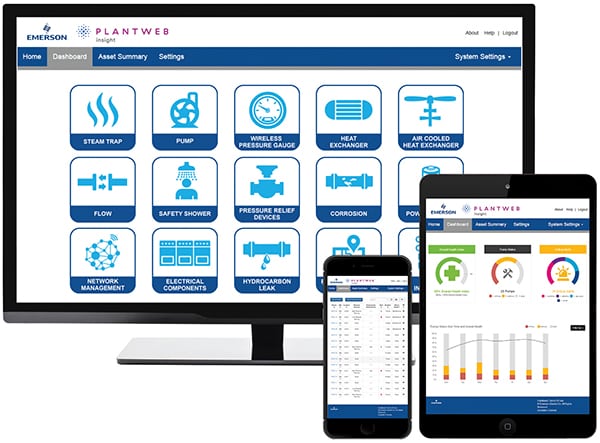› Forums › General › News (General) › The Changing Face of Maintenance: Chemical Engineering
Tagged: Industrial_V4, Tips_G9
- This topic has 1 voice and 0 replies.
-
AuthorPosts
-
-
April 16, 2019 at 6:20 am #30061
#News(General) [ via IoTForIndiaGroup ]
“A flowmeter may have had a problem with buildup that shut down the operation. As a result, the maintenance team creates a preventive maintenance schedule that cleans every flowmeter in that unit semi-annually to avoid future shutdowns. While it may prevent future failure, it could also be that the shutdown was an anomaly. If that’s the case, maintenance is spending a lot of time and resources to inspect and clean meters that are fully functional.”
Enter the next evolution of maintenance: predictive maintenance, which was initially based upon the actual condition of the equipment itself as determined by diagnostic data collected from hand-held devices or automated instruments. “Oil analysis, vibration analysis, acoustics, thermography and the like provide a very good indication of how well a piece of equipment is performing or where certain parts of the process are degrading so problems can be addressed before failure,” notes IFS’s Browning.
 Today’s maintenance toolbox
Today’s maintenance toolbox
According to Endress+Hauser’s Hedrick, doing this type of predictive maintenance requires instrument and system monitoring, as well as analysis of data. “To simplify, we say there are Three A’s to the process: Acquire, Accumulate and Assess.” To acquire the necessary data, there must be a way to get the data out of the process, which relies upon smart instrumentation and some sort of digital communication system or multiple analog signals to retrieve and move the data from the instruments. There must also be a place to accumulate that data, which may fall to the historian. “Many processors already have a historian on their control system, which means they may not need to add infrastructure, but rather allocate more memory to accumulate the process data,” he says. Another option might be sending it to the cloud via an edge gateway or device (which sits on the “edge” of the network and serves as a seamless integration point between IIoT and the cloud). From there, the data must be assessed, turned into useful information and delivered to the appropriate person. This is the part of the equation that varies the most. Some processors may choose to use software designed for this purpose. Others may choose to partner with an instrumentation, software or automation supplier offering this service.
Another option might be sending it to the cloud via an edge gateway or device (which sits on the “edge” of the network and serves as a seamless integration point between IIoT and the cloud). From there, the data must be assessed, turned into useful information and delivered to the appropriate person. This is the part of the equation that varies the most. Some processors may choose to use software designed for this purpose. Others may choose to partner with an instrumentation, software or automation supplier offering this service.“Open standards allow better communication when interfacing with different vendors and suppliers in terms of all the technologies being offered now and in the future. This applies not only to the cloud, but also on the level beyond the cloud, as well as on the device level, IT components, control system and throughout the lifecycle of it all. As the predictive maintenance trend continues to grow, most processors will use a multi-vendor approach, so interoperability will grow increasingly important.”
-
-
AuthorPosts
- You must be logged in to reply to this topic.
